Fly-fishing reaches great heights
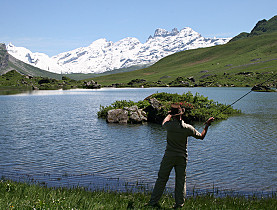
Just a hop, skip, jump, cable car ride and walk away from civilisation, swissinfo went to see what lures fishing enthusiasts into the wild.
Arriving at Melchsee-Frutt, a popular departure point for hikers in summer and skiers in winter, you are likely to spot eager anglers setting off for a day’s fishing at one of the nearby lakes.
There are the solitary men in angling waistcoats for whom fishing is close to a religion but also families on a day out who are trying the sport for fun.
Drawn by the prospect of spending a sunny afternoon fly-fishing at an alpine lake 2,000 metres above sea level, swissinfo’s intrepid fisherwoman was already looking forward to some trout for supper.
But as I was to learn, one thing that’s never guaranteed on a day’s fishing is fish.
Despite not knowing one end of a rod from another it only took a matter of minutes for guide and instructor Jon Toft to show me the basic technique for casting the fly line.
Learning by doing
Along with another novice and a family of curious ducklings, we watched as Toft chose flies from his collection and tied them to the end of our lines in a special knot.
Then came time for learning by doing, in the hope that some hapless fish out in the glittering lake would be taken in, literally.
Rod fishing is a popular pastime in Switzerland, with 150,000 people taking to the waters every year but most Swiss practise coarse fishing, using a float and bait.
Fly-fishing, the more elegant cousin of coarse fishing, involves more casting and the use of so-called flies, which either sit on the water or sink slightly.
The origins of fly-fishing stretch back into antiquity when anglers first used fur, feather and thread to imitate fish prey. Today flies are made with a wide variety of natural and synthetic materials.
Gamekeeper turned angler
Jon Toft, an Englishman living in Switzerland for the past seven years, first discovered fly fishing working as a gamekeeper in his youth. Now he’s turned his passion into a business, introducing beginners to the sport and guiding more experienced enthusiasts.
“Access to fishing is very complicated in Switzerland and it took me a couple of years to get to grips with how it works in the different cantons.”
“Some cantonal waters are open to all residents of the canton, other lakes and rivers are exclusively fished by clubs and you have to join the club to fish them. Then there are other places, like Melchsee, where anyone can come and buy a day ticket.”
The fishing authorities of the cantons provide information about which lakes or rivers are open for fishing and whether there are rules for angling equipment.
Sound of silence
Fishing doesn’t have to be expensive, according to Toft. “You can spend 1,000 francs ($980) on a rod but it’s also possible to get the whole set up – rod, reel, fly line – five times over for that money.”
Apart from the moment of excitement when you catch a fish, most of the fishing time is spent in silence and relative stillness until the angler blends in with the scenery.
In the peace and quiet the angler can really notice what’s going on in the wildlife and the water. The more remote the location, the more this holds true.
Most Swiss lakes and rivers are stocked with different types of trout and enforce a policy of ‘catch and keep’ up to a maximum number. This is so that anglers won’t damage too many fish by unlimited catching and releasing.
“I like to go some of the streams they don’t stock, where you can find wild fish. The quality of the fish there is absolutely gorgeous; the colours are so natural.”
From the Federal Environment Office:
Professional fishermen and women catch some 1,500 tonnes of fish per year.
An estimated 150,000 people or 2% of the population fish as a pastime.
In rivers brown trout is the most common fish.
In the lakes, amateurs catch around 250 tonnes of different fish species.
More than 90% of the fish consumed in Switzerland is imported.
Switzerland is home to a 32,200-kilometer long network of rivers and streams and 1,350 square kilometers of lakes.
Over 50 native fish species swim in these waters.
Melchsee-Frutt in canton Obwalden is accessible by a one-way road and cable car from Stöckalp. Weather permitting, it is possible to fish there until the end of October.
Starting next year, anyone who wants to obtain a permit to fish in Swiss waters will have to undergo training. Anglers will have to prove their knowledge of fish and animal protection.
Those who want to obtain a short-term permit (valid less than one month) for rod fishing will receive a brochure containing the relevant information. This information is proof of basic knowledge.
Those who want to obtain a permit valid for one month or longer will have to take a course organised by the fisheries departments.

In compliance with the JTI standards
More: SWI swissinfo.ch certified by the Journalism Trust Initiative
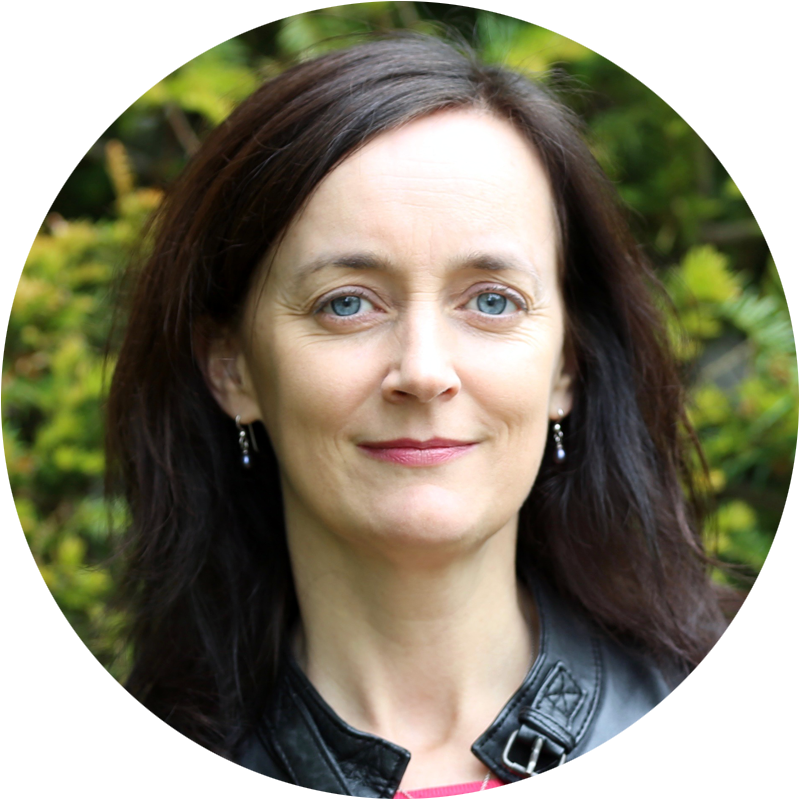
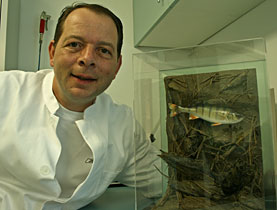
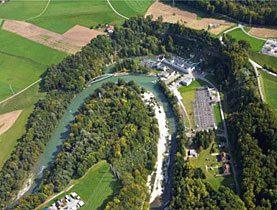
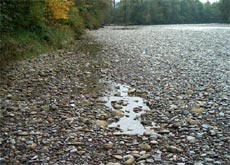
You can find an overview of ongoing debates with our journalists here. Please join us!
If you want to start a conversation about a topic raised in this article or want to report factual errors, email us at english@swissinfo.ch.